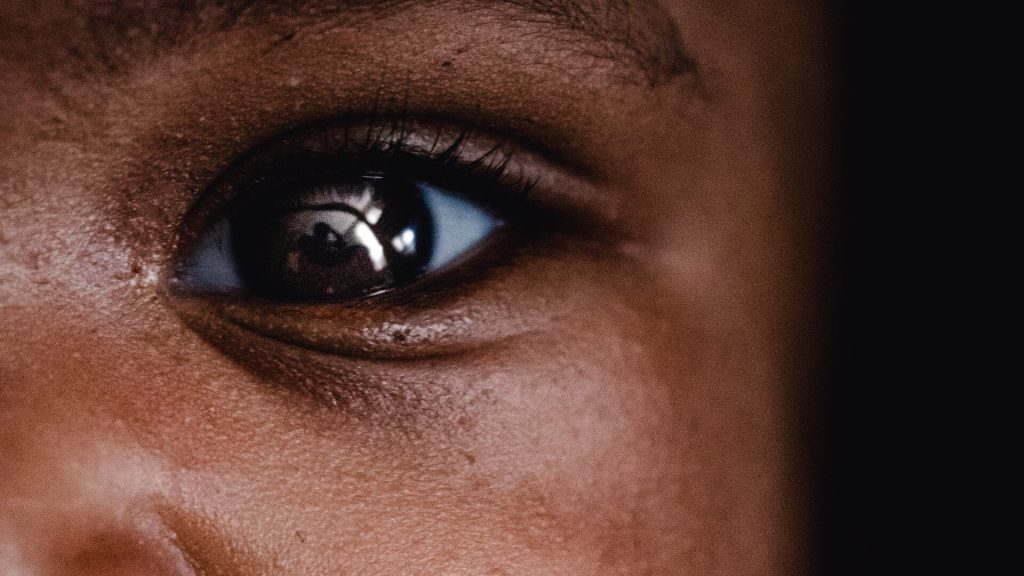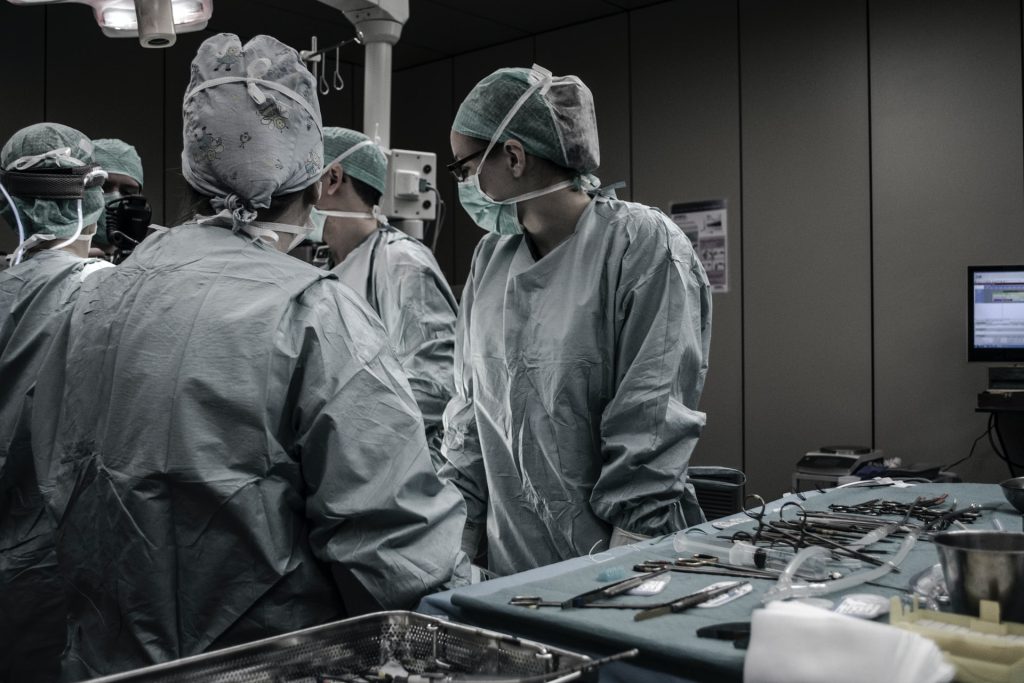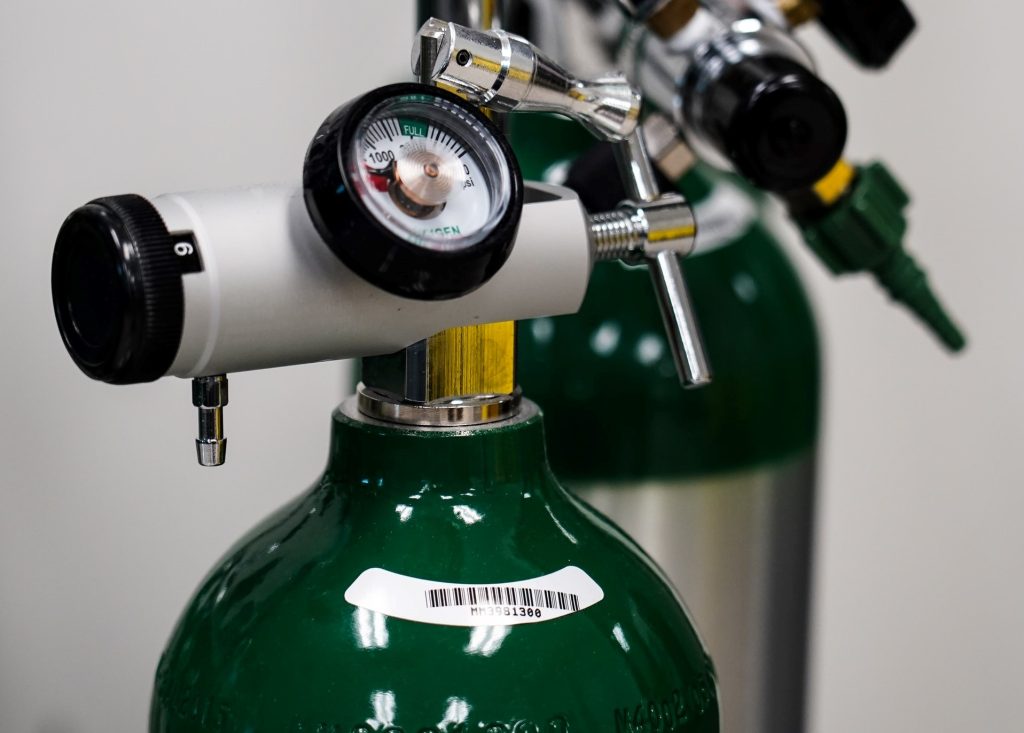Adaptive Immune Memory Resides in the Shape of DNA

One of the adaptive immune system’s most intriguing abilities of the is its memory: upon first contact with antigens, it takes around two weeks to respond, but responses afterwards are much faster, as if the cells ‘remembered’ the antigen. But how is this memory attained? In a recent publication in Science Immunology, a team of researchers examined epigenetic and the structure of DNA for possible clues.
In their research paper, first author Anne Onrust-van Schoonhoven and colleagues compared the response of immune cells that had never been in contact with an antigen (called naïve cells) with cells previously exposed to antigen (memory cells) and sort of knew it. They focused on the differences in the epigenetic control of the cellular machinery and the nuclear architecture of the cells, two mechanisms that could explain the quick activation pattern of memory cells.
While all the cells in an individual have the same genetic information, different cell types access to different parts of the DNA. The term ‘epigenetics’ encompasses the mechanisms that dynamically control this access. The results revealed a particular epigenetic signature in memory T helper (TH)2 cells, resulting in the rapid activation of a crucial set of genes compared to naïve cells. These genes were much more accessible to the cellular machinery, in particular to a family of transcription factors called AP-1. Like athletes before a race, these genes had essentially been ‘warming up’ ever since the cell’s first contact with the antigen.
However, this epigenetic signature was just the tip of the iceberg. It is known that the position of the DNA in the nucleus is not random and reflects the cell’s activation state. The researchers found that, indeed, the 3D distribution of DNA in the nucleus is different between naïve and memory immune cells. Key genes for the early immune response are grouped together and under the influence of the same regulatory regions, called enhancers. Keeping with the racing metaphor, the genes are not only warmed-up, but also gathered together at the starting line.
Although most of the research has focused on healthy cells, the scientific team wondered whether any of the mechanisms found could, when altered, explain actual diseases in which the immune system plays an important role. To address this question, they analysed immune cells from chronic asthma patients and found that the circuits identified as key for an early and strong immune response were overactivated.
The epigenetic control of the immune system is a blossoming field and discoveries like the ones by Dr Stik and colleagues are setting the stage for the next generation of epigenetic drugs and treatments, targeting autoimmune diseases and cancer.





